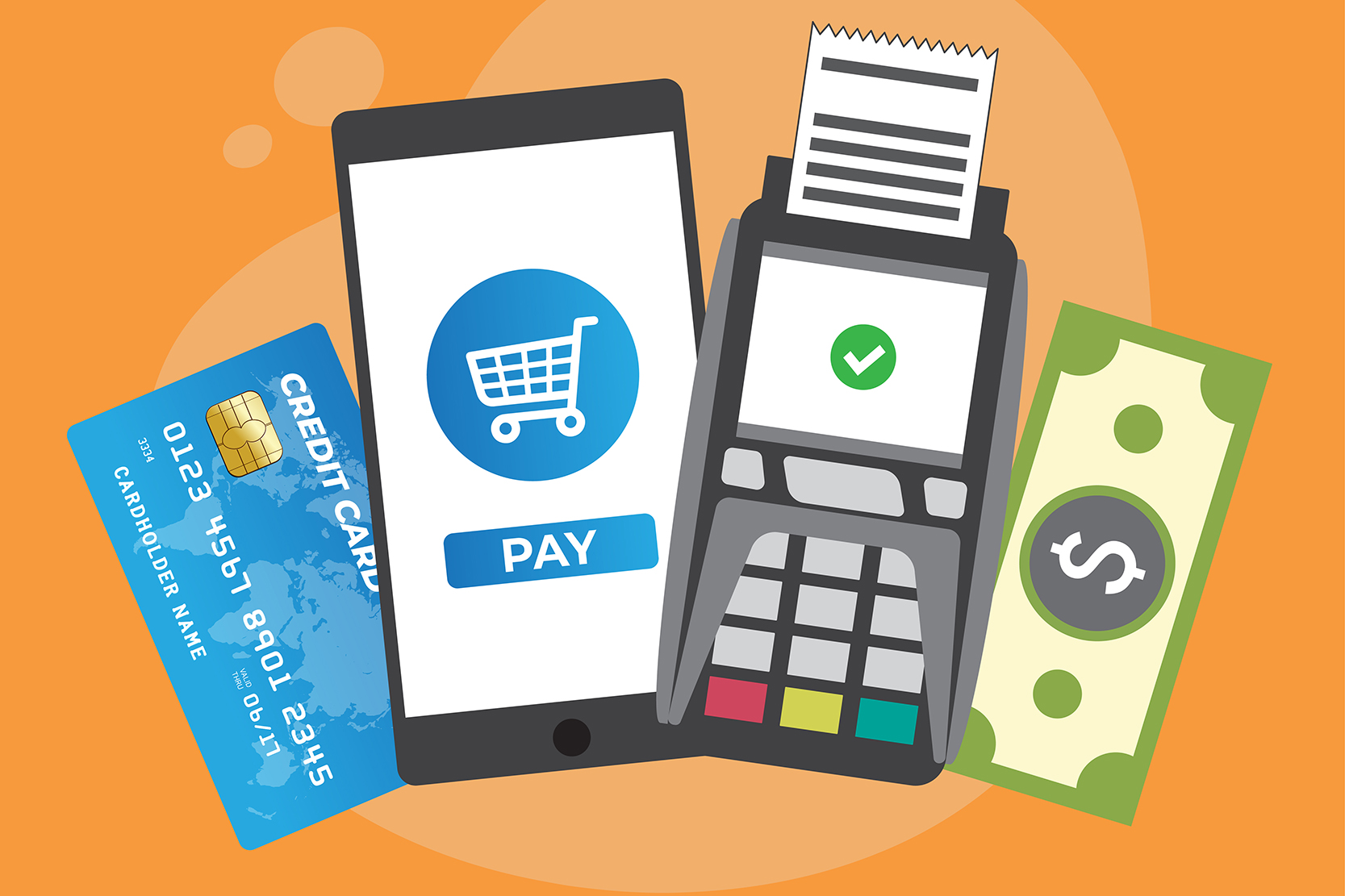Category: STRIPE
-
Stripe Holding Funds? 2 Steps to Get Your Money Back in 2024
Stripe is notorious for holding funds from merchants. As soon as you start scaling, when your business is going well and the road ahead looks smooth, BAM you sign into your Stripe account and see funds on hold. No notification, no email. Nothing. Just frozen funds and a feeling of dread. The amount varies, too.…
Written by

-
Stripe Reserves: Everything You Need to Know to Get Your Money Back
Picture this: you’re navigating the high seas of online transactions, where every credit card swipe and ACH payment is a step towards your empire of success. But wait, what’s this? An iceberg appears – Stripe reserves. A bit like those suspenseful moments in a thriller movie, except this is your bank account we’re talking about.…
Written by

-
How Non-US Residents Can Leverage a Stripe Account
Navigating the world of e-commerce can be challenging, especially when you’re a non-US resident aiming to establish a presence in the US market. One of the key hurdles is setting up an efficient and reliable system to process payments. This is where Stripe, a leading payment gateway, becomes an indispensable tool for entrepreneurs and business…
Written by

-
Shopify Holding Funds? Why Your Money Is Trapped and How to Free It
Platforms like Shopify have become the go-to choice for budding entrepreneurs and seasoned business owners alike. But while setting up an online store has never been more accessible, there’s a lurking snag that catches many by surprise: frozen funds. If you’ve ever seen your hard-earned revenue trapped in a “Shopify Payments hold”, you’re not alone.…
Written by

-
Shopify Payments Methods to Maximize Checkout Conversions
Shopify is one of the world’s most popular platforms for ecommerce. With its user-friendly interface and customizable features, it’s no surprise that a multitude of Shopify merchants have become loyalists. Central to the success of any Shopify store is the checkout experience, which hinges on the payment methods available. While Shopify Payments has become synonymous…
Written by
